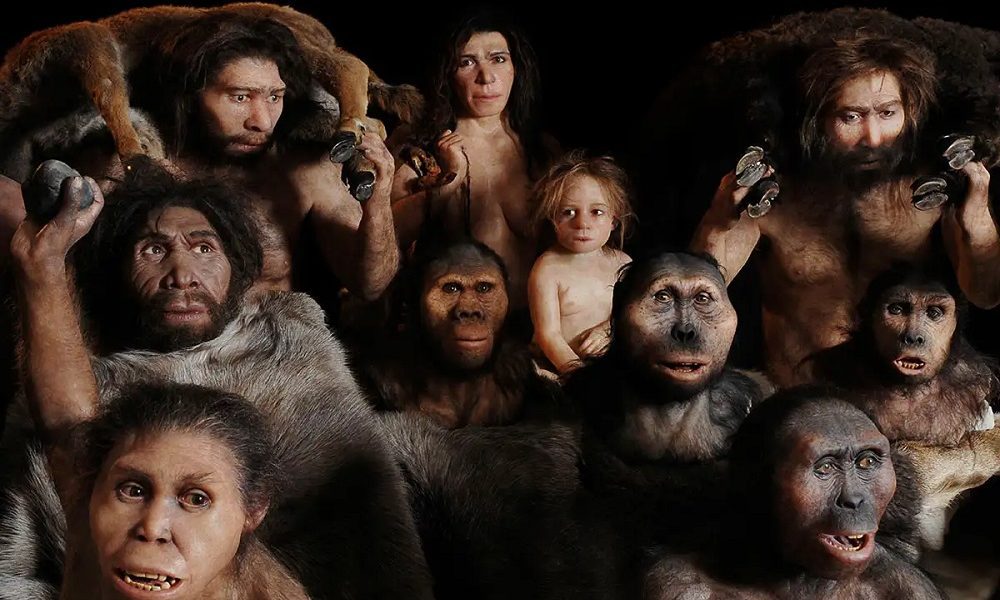
The Story Of Humanity’s Origins Explained Through The Discoveries Of Fossil Fuels

As it turns out, we know surprisingly little about human origins and evolution, but results from fossils and human DNA analysis have given us an idea of the evolution of Homo Sapiens some 300,000 years ago. The term Homo Sapiens is derived from the Latin dictionary, which means “wise man.” This term was applied in 1758 by Carlus Linnaeus, one of the fathers of modern biological classifications, but before that, humans were classified as primates.
The human framework vastly differs from the framework used for the rest of nature, but Linnaeus faced difficulty in distinguishing Homo Sapiens from apes, specifically in physical terms. Since Carlus’s time, a large fossil record has been collected, and DNA analyses have been performed with every fossil discovery.
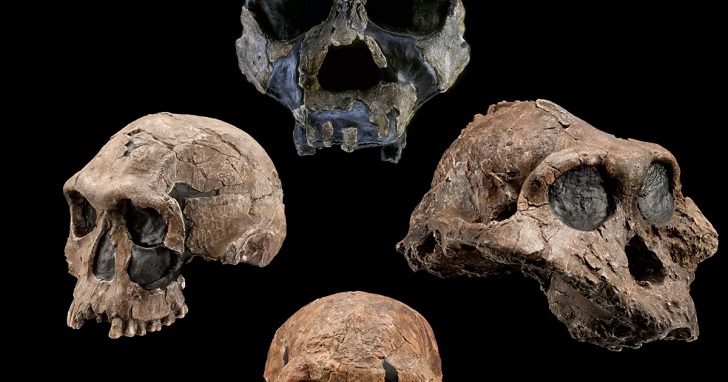
HOP/ Stock Image | Human evolution is the lengthy process of change
The story of humans got increasingly complex, and their genomes became rich tapestries of interwoven ancestries. Modern humans are now products of the sprawling history of shifts, dispersal, separation, and reunions. Their history is vastly characterized by diversity, movement, and a mixture of decades.
Fascinating findings of human intelligence
In 2021, researchers investigated all kinds of collected fossils, such as ancient skulls, to study the evolution of human brains. They found out that early human brains were very similar to ape brains. In fact, their brains didn’t develop until 1.5 to 1.7 million years. The endocasts’ results revealed that the brain’s frontal lobe took a long time to develop in humans and process cognitive tasks.
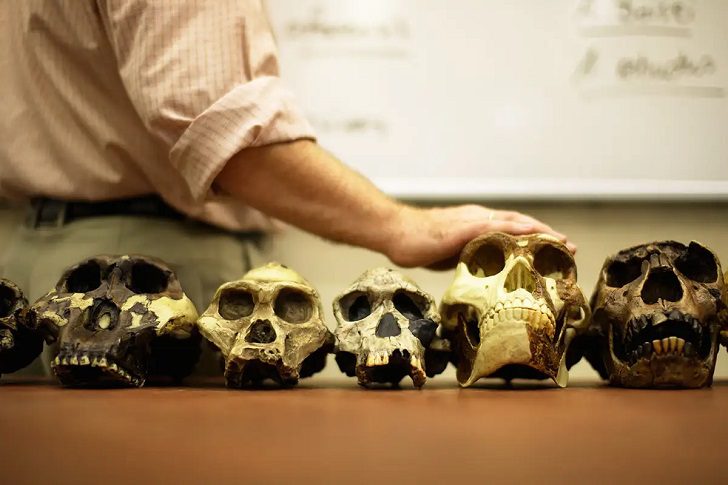
DonSmith/ Alamy | The story of human evolution is a complicated one
The first brain was discovered about 300,000 years ago in Africa, and these brains were much larger than our brains. The brain shape modernized about 100,000 years after that. Fossil records and human DNA have shown that our ancestors were connected to many African clans and lived 260,000 to 350,000 years ago. This is where modern humans inherited their fundamental commonalities and behavior.
These behaviors unite both modern and ancient humans. For example, ancient caves represented art with paintings, drawings, and idols, and they used their creativity to make projectile weapons such as bows and spears. Similarly, modern humans sing, dance, make art, tell stories and form multigenerational social groups with bonds between men and women to care for their children.
Other findings relative to human origins
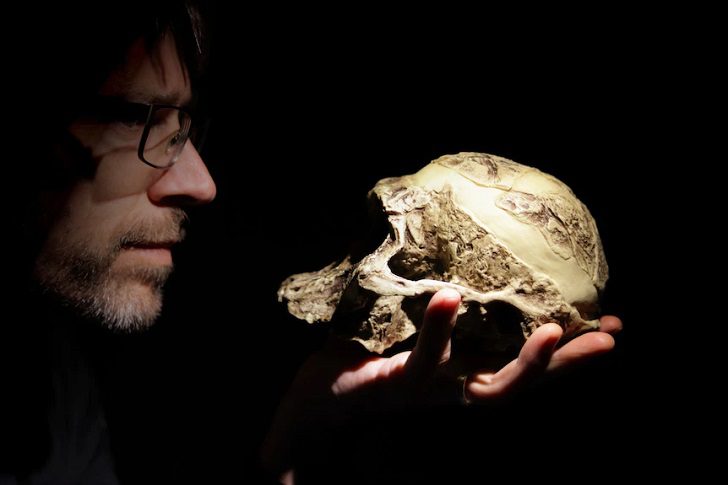
Getty Images/ Ivan Mattioli | There’s something about human evolution that’s inherently intriguing
The “Descent of Man” and “On the Origin of Species,” published by Charles Darwin in 1871 and 1859 respectively, pointed out the similarities between humans and African apes such as gorillas, chimpanzees, orangutans, and gibbons. Since DNA molecules are relatively weak molecules compared to other biomacromolecules, experts disagree about Neandertal bones and their origins.
But the discovery has also led to the discovery of a new species in China called the Dragon man. The findings are still controversial, but the fossil is a roughly 146,000-year-old skull and the largest Homo skull on record yet. Homo Bodoensis is another possible direct ancestor of Homo Sapiens that date back to 775,000 to 130,000 years, but their lineage has not yet left any traces around the world.
More in Lifestyle
-
`
Best Home Energy-Saving Devices
In our world today, where caring for the environment goes hand in hand with making smart financial choices, discovering ways to...
November 18, 2023 -
`
Amazon’s Ambitious Investment in Anthropic
In a bold move, Amazon has announced a massive investment of up to $4 billion in Anthropic, an AI firm based...
November 9, 2023 -
`
What Are Data Silos in Healthcare & How AI Can Help Tear Them Down
In the ever-evolving landscape of healthcare, data is the heartbeat that keeps the system running. It is the lifeblood that flows...
November 1, 2023 -
`
Free Rail Travel in Austria? But How?
Have you ever dreamed of exploring Austria’s breathtaking landscapes and vibrant festivals without spending a dime on train tickets for an...
October 19, 2023 -
`
The Rise & Fall of FaZe Clan
In the ever-evolving gaming collectives, one name has stood out above all others: FaZe Clan. However, this beloved gaming conglomerate is...
October 15, 2023 -
`
Everything You Need to Know About Vaccine Technologies
You might remember that little pinch on your arm or a quick jab to the thigh as a child: A momentary...
October 3, 2023 -
`
Opinion: The Worst Movies of All Time
In filmmaking, where creativity knows no bounds and storytelling takes center stage, there are bound to be both shining gems and...
September 26, 2023 -
`
Exploring the World of Alternative Alcoholic Drinks
When it comes to alcoholic beverages, many of us tend to think of the usual suspects – beer, wine, and spirits....
September 22, 2023 -
`
Why Robots Will Boost Human Employment
The looming specter of job-stealing robots has haunted the workforce for years. But what if this fear is mainly unfounded? In...
September 16, 2023







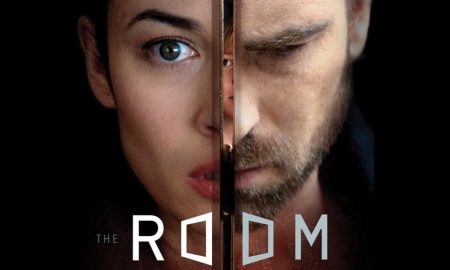







You must be logged in to post a comment Login